
Europe, a continent deeply rooted in history, boasts some of the most incredible and awe-inspiring historical landmarks. These sites range from ancient ruins to majestic castles and cathedrals, reflecting Europe’s rich and diverse heritage across millennia. For history enthusiasts and travelers, a tour of Europe’s most outstanding historical sites promises an unforgettable experience.
In this article, we embark on a journey through time, delving into some of Europe’s most remarkable historical landmarks, from ancient to modern times.
Ancient Europe
For thousands of years, Europe has been inhabited by humans, leaving behind remnants of their civilizations that continue to fascinate us today. From the ancient Greeks and Romans to the Celtic tribes of Northern Europe, numerous historical sites await exploration.
The Colosseum – Rome, Italy
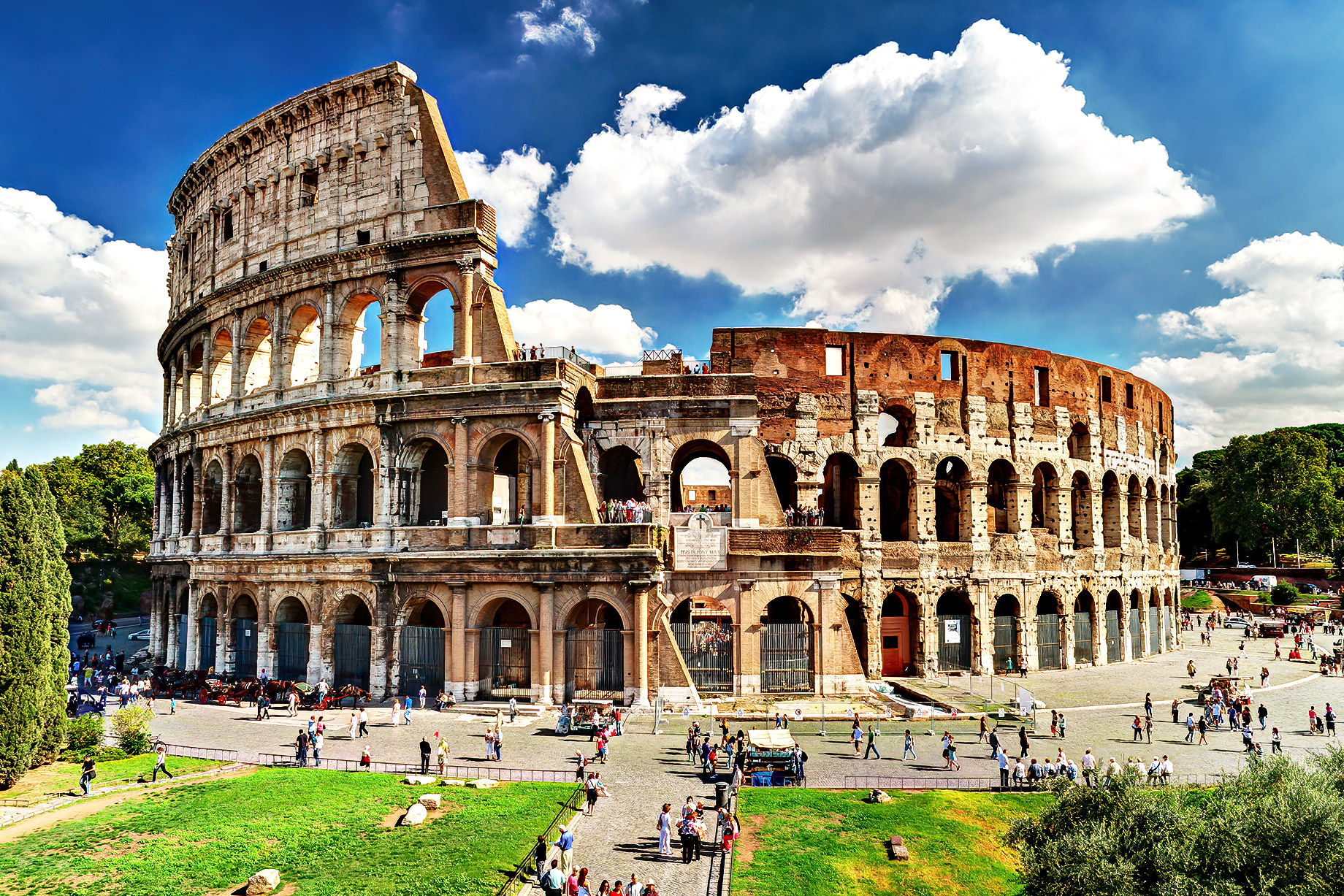
The Colosseum, also known as the Flavian Amphitheatre, is a symbol of the grandeur and architectural prowess of ancient Rome. Commissioned by Emperor Vespasian in AD 70-72 and completed under Emperor Titus in AD 80, the Colosseum was the largest amphitheater of its time, with a seating capacity of over 50,000 spectators.
Constructed of limestone and concrete, the Colosseum features a complex system of arches and vaults, which allowed for impressive structural support and efficient crowd control. The exterior of the building was adorned with decorative friezes, statues, and inscriptions, reflecting the wealth and artistic achievements of the Roman Empire.
The primary purpose of the Colosseum was to host a variety of public spectacles and entertainment, such as gladiator battles, animal hunts, and even mock naval battles (when the arena was temporarily flooded). The amphitheater’s elaborate design, including trap doors and lifts, enabled the seamless execution of these events. The Colosseum also provided a platform for the Roman emperors to showcase their power and gain popularity among the masses.
Despite centuries of neglect, natural disasters, and stone robbery, the Colosseum remains a majestic and awe-inspiring structure. Today, it serves as a reminder of Rome’s ancient past and stands as a testament to the engineering and architectural innovations of its time. In 1980, UNESCO designated the Colosseum as a World Heritage Site, and it has since become one of the most visited tourist attractions in the world.
Visiting the Colosseum offers a unique opportunity to delve into the history of ancient Rome and the lives of its people. Guided tours, including those that provide access to restricted areas like the underground hypogeum and the upper levels, can enhance the experience by providing a deeper understanding of the Colosseum’s complex design and functions.
While visiting the Colosseum, it is also worth exploring the nearby Roman Forum and Palatine Hill, which were once the center of Roman public life and government. These archaeological sites provide further insight into the daily lives, politics, and culture of ancient Rome, making a trip to the Colosseum and its surroundings a truly immersive historical experience.
To visit the Colosseum, it is advisable to purchase tickets ahead of time online through various websites offering Colosseum Rome tickets. Skip-the-line tickets are recommended to save time and bypass long queues that often form at the entrance.
The Acropolis – Athens, Greece
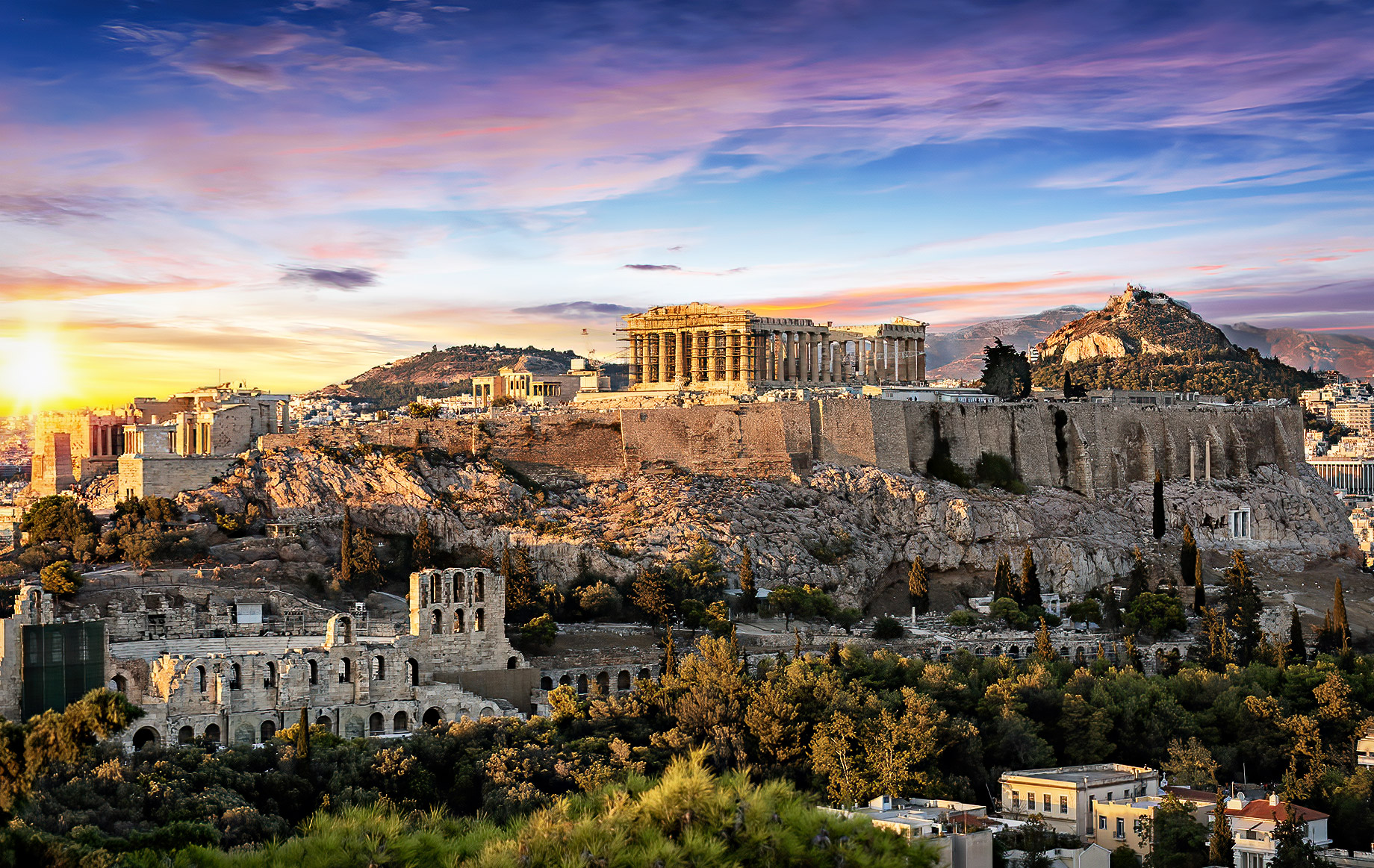
The Acropolis of Athens, a UNESCO World Heritage Site, is a prominent hilltop citadel that was the center of ancient Greek civilization. The word “acropolis” means “high city” in Greek, and the Athens Acropolis is the most famous of its kind. Situated in the heart of modern Athens, this sacred site is home to a complex of ancient temples and structures, reflecting the architectural brilliance and cultural significance of ancient Greece.
The most famous structure within the Acropolis is the Parthenon, a magnificent temple dedicated to the goddess Athena, the city’s patron deity. Designed by the architects Ictinus and Callicrates under the supervision of the sculptor Phidias, the Parthenon was built between 447 and 438 BC during the golden age of Athenian democracy under the statesman Pericles. The temple is a masterpiece of Doric architecture, featuring 46 columns and an inner sanctuary (cella) that once housed a colossal gold and ivory statue of Athena.
In addition to the Parthenon, the Acropolis is home to several other significant structures. The Erechtheion, built between 421 and 406 BC, is an Ionic temple dedicated to both Athena and Poseidon Erechtheus. The temple is famous for its Porch of the Caryatids, where six female statues serve as columns supporting the roof. Another notable structure is the Propylaea, the monumental entrance gateway to the Acropolis, designed by the architect Mnesicles and constructed between 437 and 432 BC.
Visitors to the Acropolis can witness the impressive ruins of these ancient buildings while taking in breathtaking panoramic views of Athens. The nearby Acropolis Museum, opened in 2009, houses a vast collection of artifacts and sculptures from the site, offering further insights into the art, religion, and daily life of ancient Athens.
When planning a visit to the Acropolis, it is advisable to wear comfortable shoes and bring sun protection, as the marble surfaces can be slippery, and there is little shade on the hilltop. Guided tours are available, providing valuable historical context and details about the various structures and their functions in ancient Athens. By exploring the Acropolis and its surroundings, visitors can immerse themselves in the remarkable history and enduring legacy of ancient Greek civilization.
Stonehenge – Wiltshire, England, UK
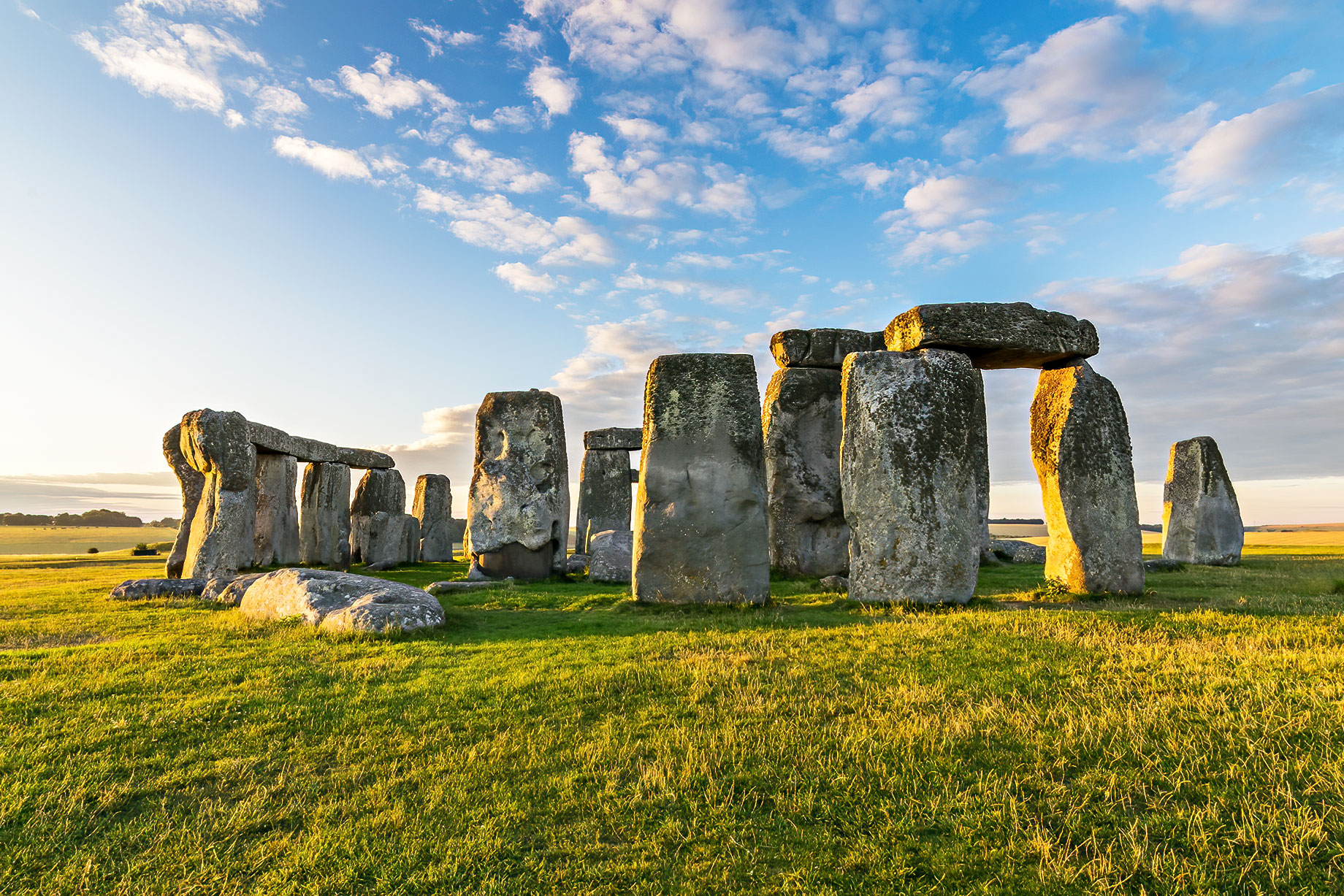
Stonehenge, an enigmatic prehistoric monument located in Wiltshire, England, continues to captivate historians, archaeologists, and visitors alike. This iconic stone circle, constructed around 5,000 years ago, consists of massive standing stones, some weighing over 25 tons, arranged in a circular formation. Despite extensive research, the exact purpose of Stonehenge remains a mystery, with theories ranging from astronomical observatory to a religious temple, or even a site for healing.
The construction of Stonehenge took place in several stages over a period of roughly 1,500 years. The earliest phase, dating back to around 3000 BC, involved the creation of a circular ditch and bank, known as a henge. The standing stones, made from locally sourced sarsen stones and smaller bluestones from Wales, were erected in various configurations during subsequent phases. The impressive feat of transporting and erecting these massive stones, without the aid of modern technology, is a testament to the ingenuity and determination of the Neolithic people.
Stonehenge is part of a larger prehistoric landscape, which includes other ancient monuments and burial mounds, such as the nearby Avebury stone circle and Silbury Hill. Recent archaeological discoveries have shed light on the lives of the people who built Stonehenge, suggesting that they were part of a complex, interconnected society with far-reaching trade networks and shared cultural practices.
Visitors to Stonehenge can explore the site and its surroundings via a well-maintained pathway, which offers different vantage points to appreciate the enigmatic stone circle. The visitor center, located a short distance from the monument, houses a museum that provides valuable insights into the history of Stonehenge and its creators. Interactive exhibits, including a 360-degree virtual experience and a reconstructed Neolithic village, allow visitors to immerse themselves in the world of Stonehenge’s builders.
To visit Stonehenge, it is advisable to purchase tickets in advance, either online or at the visitor center, as the site can be busy during peak seasons. Guided tours are available, offering expert knowledge and in-depth information on the history, archaeology, and ongoing research surrounding this prehistoric monument. Special sunrise and sunset tours are also offered occasionally, allowing visitors to experience the awe-inspiring atmosphere of Stonehenge at the most magical times of day.
Medieval Europe
The Middle Ages in Europe saw an explosion of culture, art, and architecture, leaving a lasting legacy in the form of castles, cathedrals, and other historic structures.
The Tower of London, England, UK
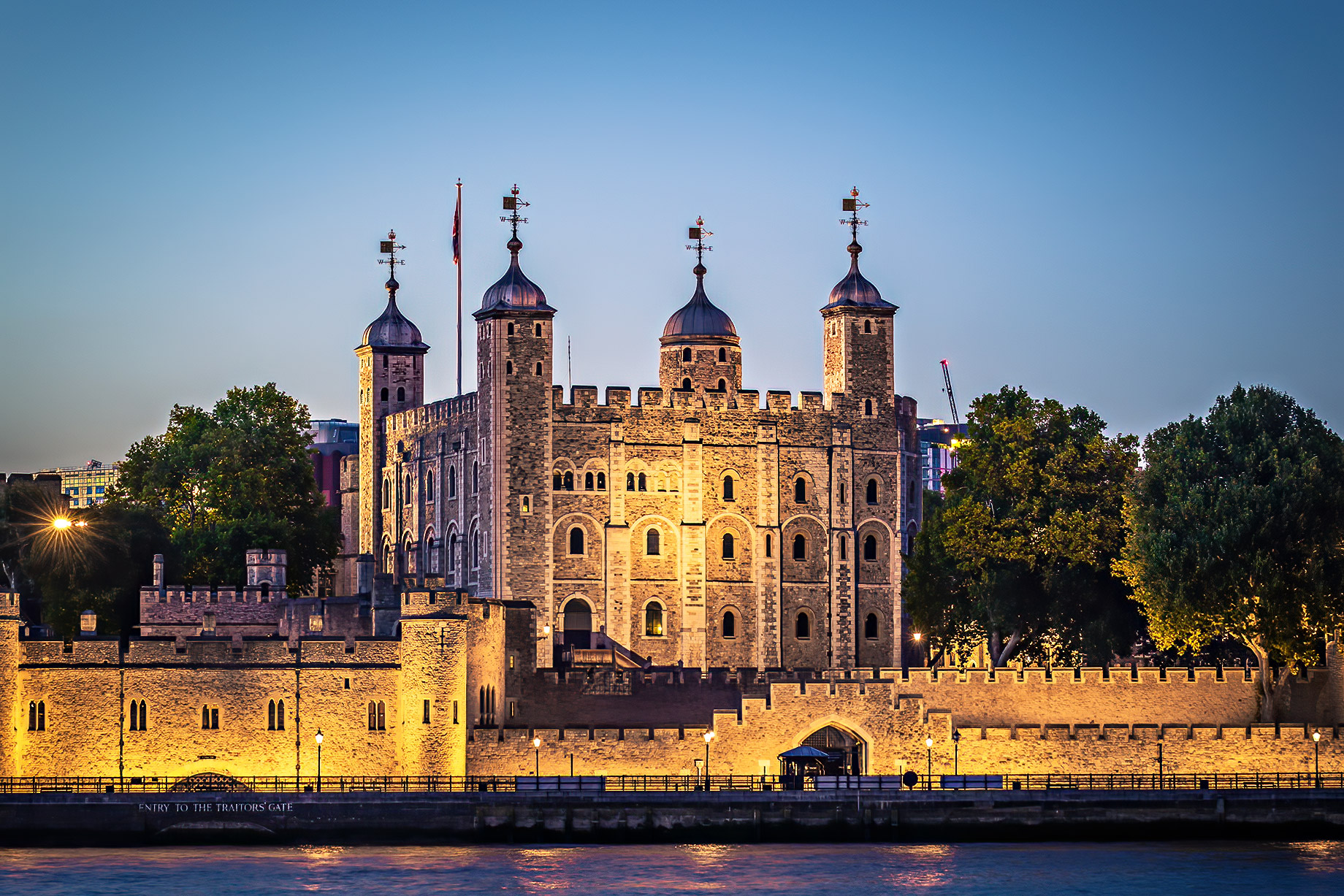
The Tower of London, an imposing fortress situated on the north bank of the River Thames, has played a prominent role in England’s history for nearly 1,000 years. Officially known as Her Majesty’s Royal Palace and Fortress of the Tower of London, the complex comprises several buildings set within two concentric rings of defensive walls and a moat. The Tower’s storied past spans numerous functions, including a royal palace, prison, armory, treasury, and even a menagerie.
Construction of the Tower of London began during the reign of William the Conqueror in the 1070s. Its most recognizable structure, the White Tower, was intended to demonstrate the strength of the new Norman king and to subdue the local population. Over the centuries, successive monarchs added to and modified the fortress, resulting in the diverse architectural styles visible today.
The Tower of London is perhaps best known for its role as a prison and place of execution. Throughout history, it has housed a variety of high-profile prisoners, including Queen Anne Boleyn, Sir Thomas More, and Elizabeth I before she became queen. The Tower also served as the site of execution for numerous prominent figures, such as Anne Boleyn, Catherine Howard, and Lady Jane Grey. However, it’s worth noting that the majority of executions took place on nearby Tower Hill, rather than within the Tower walls.
In addition to its darker history, the Tower of London has long been the home of the Crown Jewels of England. This breathtaking collection of regalia, which includes crowns, scepters, orbs, and other ceremonial objects, symbolizes the British monarchy’s power and authority. Visitors can marvel at these priceless treasures in the Jewel House, where they are securely displayed behind glass.
Exploring the Tower of London is an immersive experience, with various exhibits, installations, and guided tours available to enrich your visit. The Yeoman Warders, also known as Beefeaters, offer engaging guided tours, sharing stories and anecdotes from the Tower’s long and fascinating history. Visitors can also explore the Medieval White Tower, the Royal Mint exhibition, and the Line of Kings display, which showcases royal armor through the ages.
To visit the Tower of London, it is recommended to purchase tickets in advance online to avoid queues and ensure entry during peak periods. Special events, including reenactments, workshops, and seasonal activities, are often held at the Tower, providing visitors with even more opportunities to delve into England’s rich history.
Notre Dame Cathedral – Paris, France
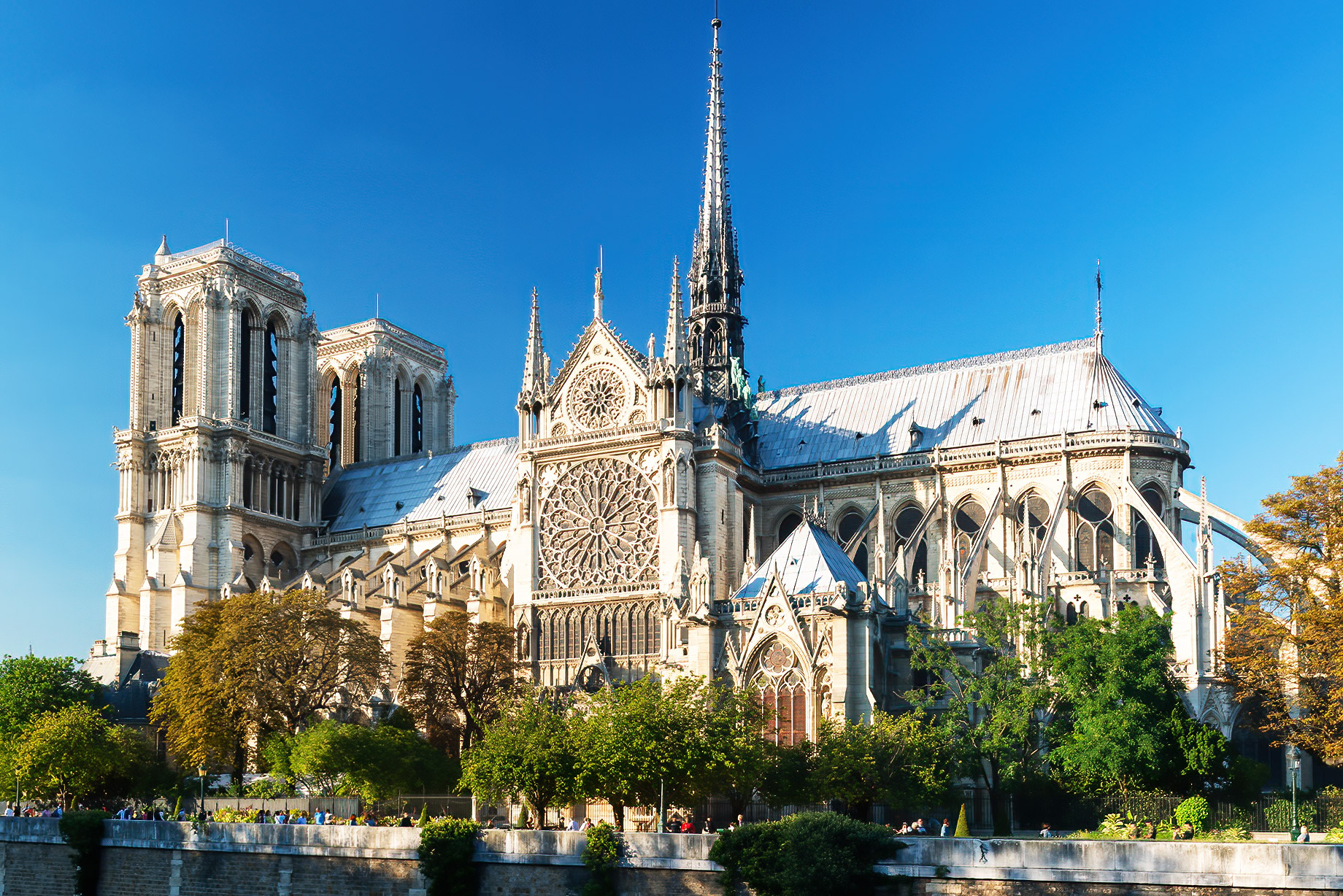
Notre Dame Cathedral, an iconic landmark situated on the Île de la Cité in the heart of Paris, stands as a testament to the city’s rich history and architectural heritage. As a prime example of French Gothic architecture, the cathedral’s construction spanned from the 12th to the 14th centuries. Its intricate stone carvings, magnificent stained glass windows, and iconic flying buttresses not only contribute to its breathtaking beauty but also showcase the innovative engineering techniques of the time.
The facade of Notre Dame Cathedral is an architectural marvel, featuring three elaborately carved portals, each depicting biblical scenes and stories. The central portal, known as the Portal of the Last Judgment, is particularly noteworthy for its detailed depiction of Christ presiding over the judgment of the souls. The two massive towers, which rise over 69 metres high, dominate the facade and house the cathedral’s famous bells, including the largest bell, named Emmanuel.
Within the cathedral, visitors can marvel at the grand, vaulted ceilings and the awe-inspiring stained glass windows, particularly the three rose windows, which are considered among the most significant achievements in Gothic art. The cathedral’s magnificent organ, with its nearly 8,000 pipes, continues to be used for concerts and special events, filling the space with a rich, resonant sound.
The treasury of Notre Dame houses a collection of precious liturgical objects, including chalices, reliquaries, and vestments. Among the most famous relics in the cathedral is the Crown of Thorns, believed to have been worn by Jesus Christ during the Crucifixion. The cathedral also houses a reliquary containing a fragment of the True Cross and one of the Holy Nails.
The tragic fire of 2019 caused significant damage to the cathedral, particularly the collapse of the wooden roof and the iconic spire. However, restoration efforts are underway, with the aim of preserving and restoring this beloved landmark for future generations. In the meantime, the area surrounding the cathedral remains open, allowing visitors to admire the exterior and follow the progress of the restoration work.
When planning a visit to Notre Dame Cathedral, it is essential to check for updates on the restoration progress and any potential access limitations. While the cathedral’s interior is currently closed, visitors can still appreciate the stunning architecture from the outside and explore the nearby Île de la Cité, which boasts numerous historic attractions, shops, and restaurants.
Alhambra – Granada, Spain
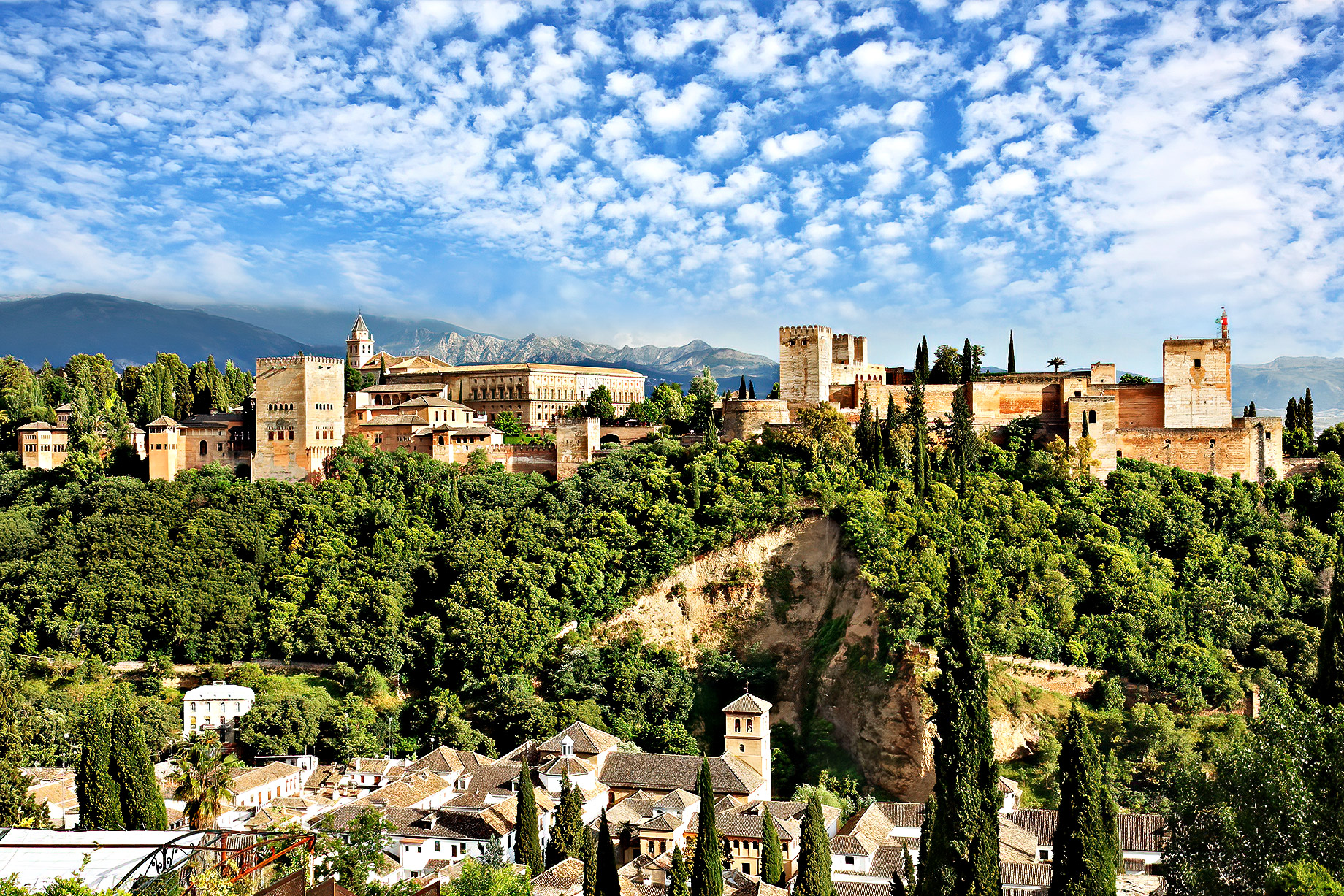
The Alhambra, an exquisite palace and fortress complex located in Granada, Spain, is an essential destination for history and architecture enthusiasts. This UNESCO World Heritage site, built by the Nasrid Dynasty between the 13th and 14th centuries, is a remarkable example of Moorish architecture, characterized by its intricate geometric patterns, graceful archways, and stunningly lush gardens.
Nestled on a hill overlooking the city of Granada, the Alhambra was the final stronghold of the Moors in Spain, serving as the royal residence and court of the Nasrid rulers. Its name, derived from the Arabic “al-Qal’a al-Hamra” (the Red Castle), refers to the reddish hue of the fortress walls, which are built from rammed earth and local red clay.
The complex is divided into three main areas: the Alcazaba, the Nasrid Palaces, and the Generalife. The Alcazaba, the oldest part of the complex, is a military fortress with stunning views of Granada and the surrounding countryside. The Nasrid Palaces, the centerpiece of the Alhambra, consist of several interconnected buildings featuring ornate stuccowork, intricate tile mosaics, and elaborately carved wooden ceilings. The Court of the Lions, with its famous lion fountain, and the Hall of the Ambassadors, are among the most notable spaces within the palaces.
The Generalife, situated to the east of the Nasrid Palaces, is a beautiful garden area that once served as the sultans’ summer retreat. The gardens showcase the Moors’ mastery of water engineering, with fountains, pools, and channels that create a serene and refreshing atmosphere. The intricate landscaping, including fragrant jasmine and rose bushes, adds to the beauty and tranquility of the gardens.
When planning a visit to Alhambra, it is essential to book tickets in advance due to the high demand and daily visitor limits. Tickets can be purchased online or through local tourism agencies, and there are options for guided tours or audio guides to enhance your experience. Allow plenty of time to explore the vast complex, and don’t forget to bring a camera to capture the breathtaking beauty and intricate details of this remarkable site.
Basilica Cistern – Istanbul, Türkiye
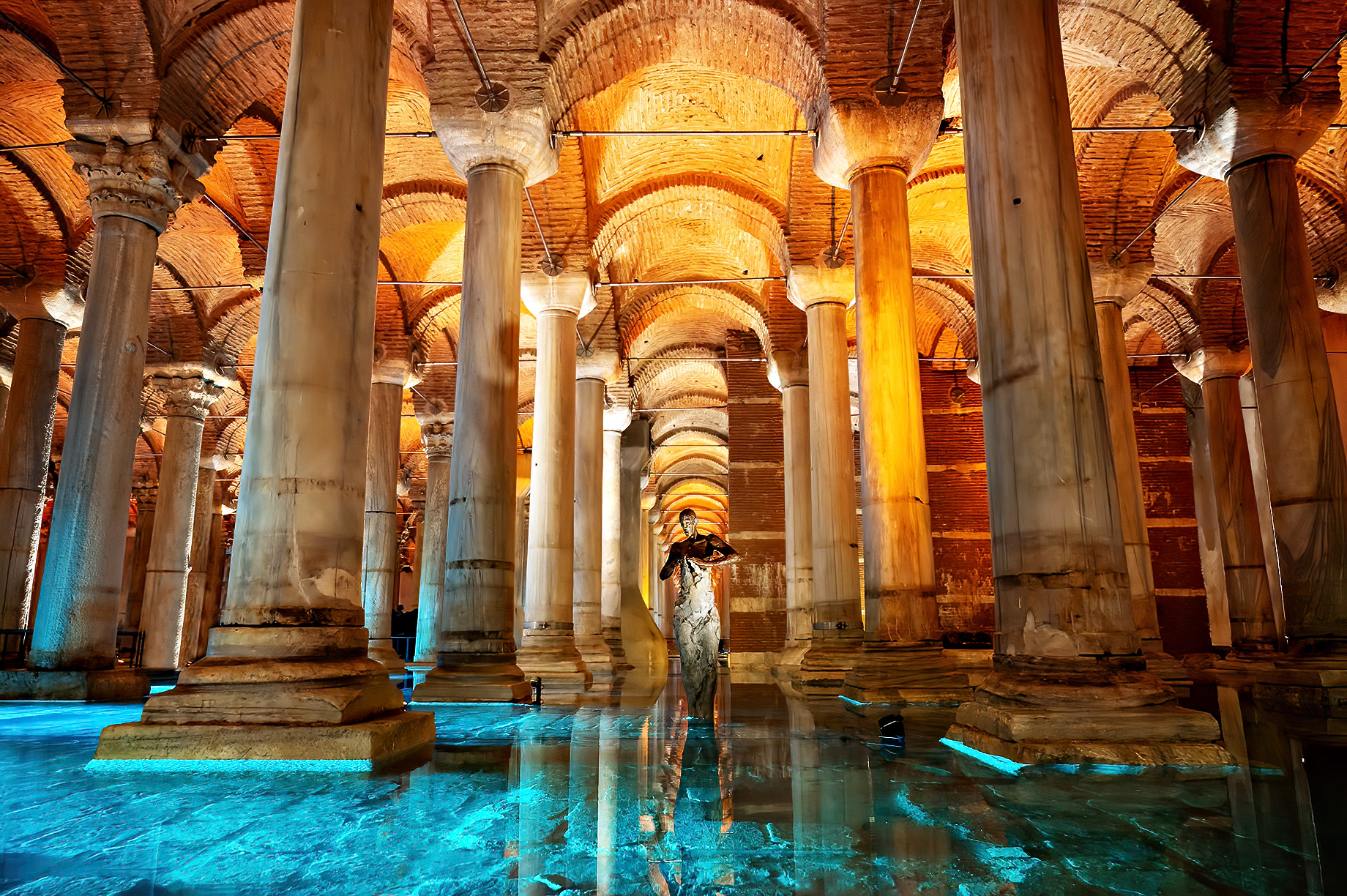
The Basilica Cistern, located in Istanbul, Türkiye, is a remarkable engineering marvel and an important historical site from the Byzantine era. Constructed during the reign of Emperor Justinian I in the 6th century AD, this underground cistern provided a vital supply of fresh water to the Great Palace of Constantinople and other nearby buildings in the city, which was then known as Byzantium. The cistern was named “Basilica” due to the presence of a large basilica that once stood above its location.
Stretching across an area of approximately 9,800 square metres, the Basilica Cistern is capable of holding 80,000 cubic metres of water. The cistern features a forest-like arrangement of 336 marble columns, each standing about 9 metres tall. These columns, spaced at 4.8-metre intervals, support the vaulted brick ceiling of the cistern. A majority of the columns are of the Ionic and Corinthian orders, showcasing the intricate craftsmanship and architectural expertise of the time.
The Basilica Cistern is also home to several unique features that draw visitors from around the world. Among the most famous are the two Medusa head column bases located in the northwest corner of the cistern. These heads, one placed upside down and the other sideways, are believed to have been repurposed from an earlier Roman building. The origin and meaning behind the unusual positioning of the Medusa heads remain a mystery to this day.
Another point of interest within the Basilica Cistern is the “Crying Column,” or “Peacock-eyed Column,” which features teardrop-shaped engravings on its surface. According to legend, this column was built in memory of the hundreds of slaves who died during the construction of the cistern.
Today, the Basilica Cistern is open to the public and serves as a popular tourist attraction, allowing visitors to explore its atmospheric, dimly-lit corridors on raised walkways. The cistern also hosts cultural events and concerts, taking advantage of its unique acoustics and haunting ambiance.
When planning a visit to the Basilica Cistern in Istanbul, it is advisable to book tickets in advance, either online or through a local tourism agency. Guided tours are available, providing an in-depth understanding of the cistern’s history, architectural features, and significance during the Byzantine era.
Renaissance Europe
The Renaissance period, spanning the 14th to the 17th century, marked a time of renewed interest in art, culture, and learning across Europe. This era produced some of the world’s most remarkable works of art, architecture, and literature, which can still be admired today.
Florence, Italy
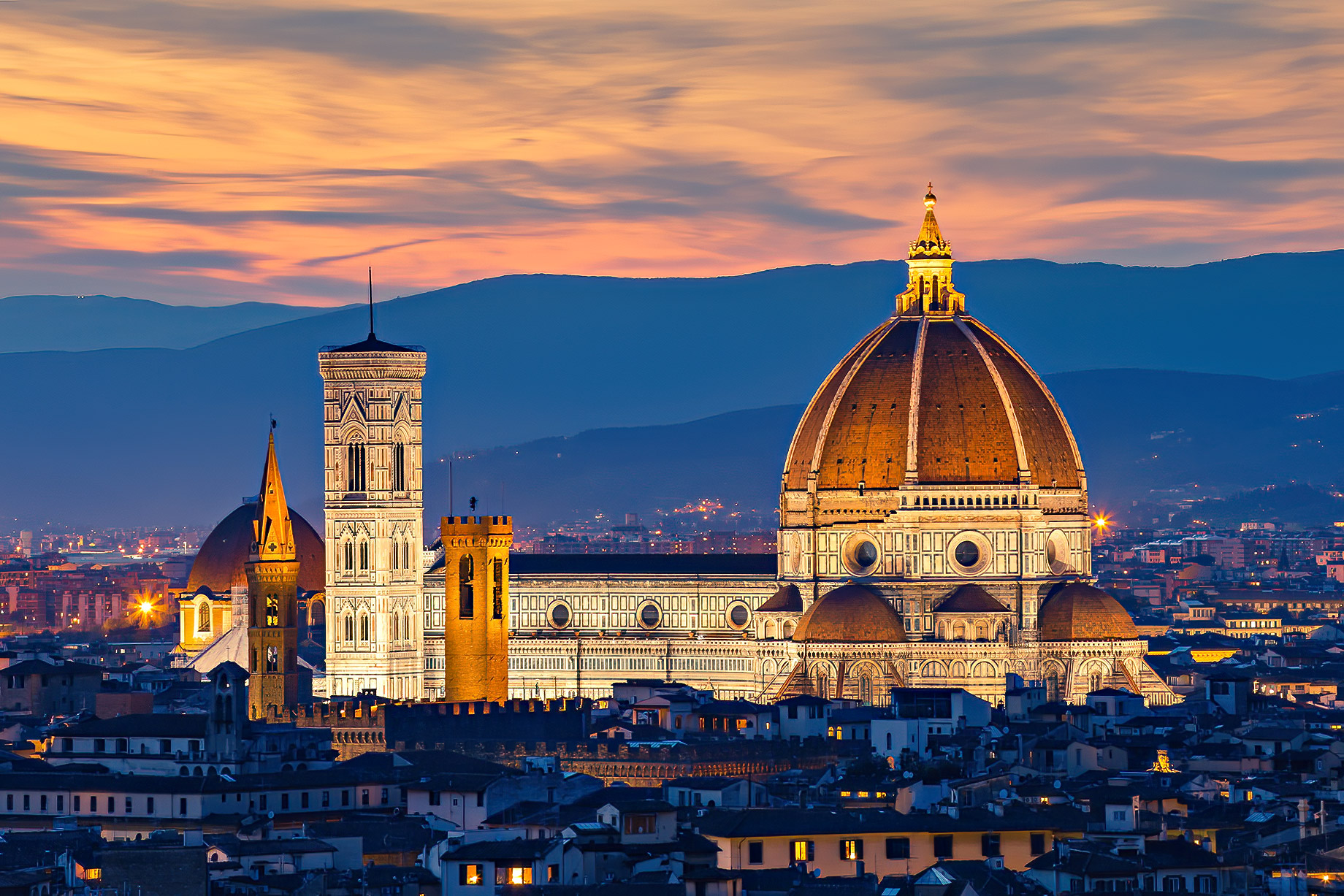
Florence, located in the heart of Tuscany, Italy, is a city that has captivated visitors for centuries with its remarkable artistic and architectural achievements. As the birthplace of the Italian Renaissance, Florence is synonymous with culture, beauty, and history.
In addition to the Cathedral of Santa Maria del Fiore (Il Duomo), the Uffizi Gallery, and the Ponte Vecchio, Florence is home to numerous other significant landmarks. The Palazzo Vecchio, a fortress-like town hall, is adorned with frescoes and sculptures, and it offers a glimpse into the city’s rich political history. The neighboring Piazza della Signoria is an open-air sculpture gallery that includes a replica of Michelangelo’s famous David statue.
The Basilica of Santa Croce, another important historical site, is the final resting place of illustrious Italians such as Michelangelo, Galileo, and Machiavelli. The church’s stunning frescoes, created by renowned artists like Giotto, make it a must-visit destination for art enthusiasts.
The Boboli Gardens, situated behind the Pitti Palace, provide a tranquil and picturesque retreat from the bustling city center. These expansive gardens are adorned with fountains, grottos, and classical sculptures, offering a delightful exploration of Renaissance landscape design.
For those interested in fashion, Florence is also the birthplace of many famous Italian fashion houses, such as Gucci and Salvatore Ferragamo. The Ferragamo Museum and the Gucci Garden showcase the history and influence of these iconic brands on the fashion industry.
A visit to Florence is a journey through time, revealing the city’s unparalleled artistic and architectural accomplishments, as well as its enduring influence on European culture and history.
Palace of Versailles, France
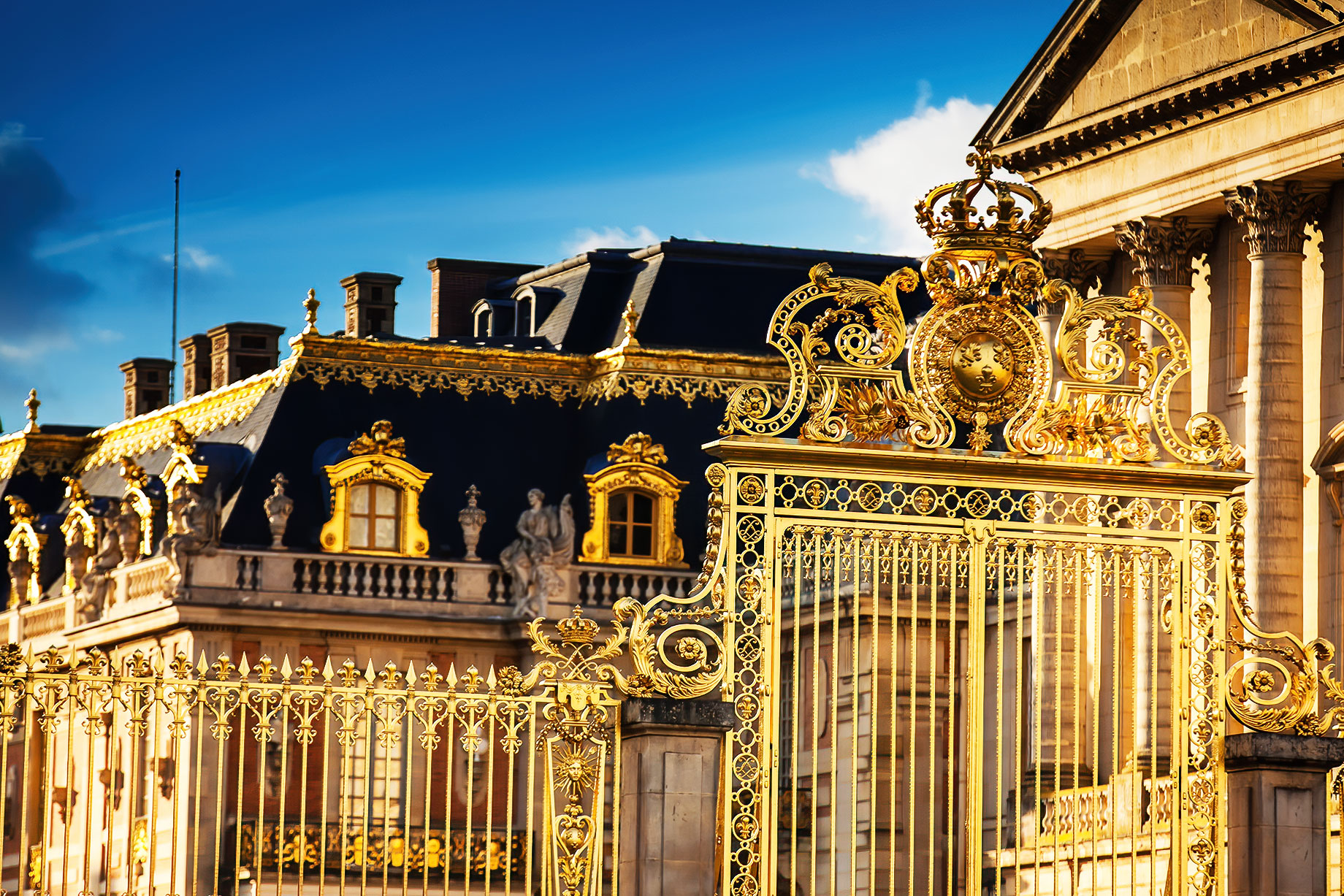
The Palace of Versailles, located just outside Paris, is a symbol of the opulence and grandeur of the French monarchy during the reign of King Louis XIV. The palace and its expansive gardens exemplify the extravagant lifestyle of the royal court and the pinnacle of French Baroque architecture.
Construction of the palace began in 1661 under the direction of architect Louis Le Vau and landscape architect André Le Nôtre. Over the years, the palace was expanded and embellished by several architects and artists, including Jules Hardouin-Mansart and Charles Le Brun. The palace’s Hall of Mirrors, a stunning gallery adorned with 357 mirrors, chandeliers, and ceiling frescoes, is one of its most famous features. The hall was used for grand receptions and ceremonies, and it played a significant role in European history, such as being the location of the signing of the Treaty of Versailles in 1919.
In addition to the Hall of Mirrors, the palace boasts numerous other lavishly decorated rooms and apartments, including the King’s and Queen’s apartments, the Royal Chapel, and the Royal Opera. These rooms are filled with exquisite artwork, sculptures, and furnishings, reflecting the extravagance of the French monarchy.
The gardens of Versailles, designed by André Le Nôtre, are equally impressive. They feature an intricate network of pathways, terraces, and parterres, adorned with countless fountains, statues, and topiaries. The Grand Canal, a large body of water that stretches over 1.5 kilometres, provides a stunning backdrop for leisurely strolls and boat rides.
Visitors can also explore the smaller palaces and buildings within the grounds of Versailles, such as the Grand Trianon, the Petit Trianon, and the Queen’s Hamlet. These more intimate retreats were designed to provide privacy and respite from the formalities of court life.
A visit to the Palace of Versailles offers a fascinating glimpse into the lives of the French royal court, showcasing the architectural and artistic achievements of the time, and immersing visitors in a world of luxury and splendor.
The Vatican City
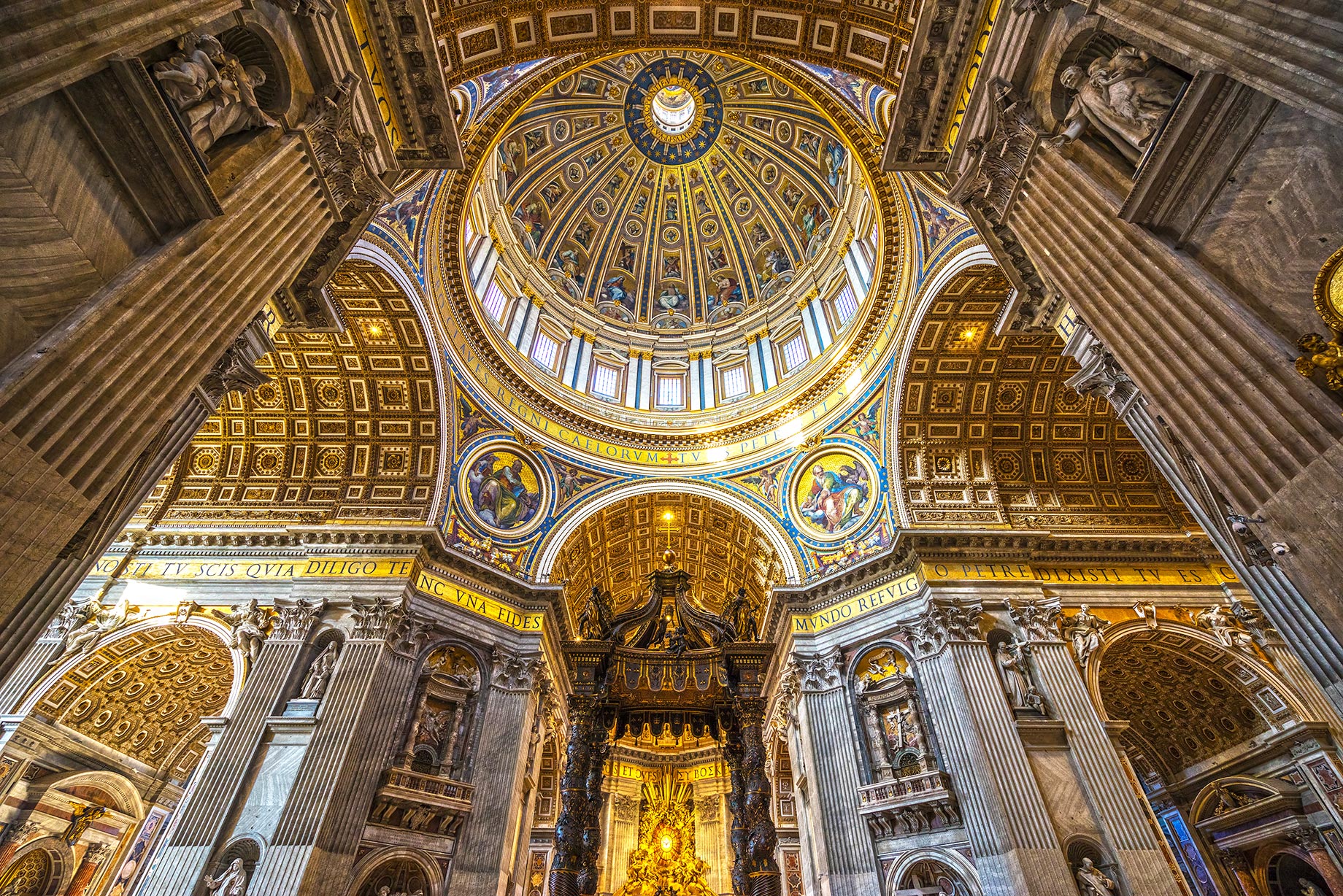
The Vatican City, the smallest independent city-state in the world, is the spiritual and administrative center of the Roman Catholic Church. Encompassing just 44 hectares, the Vatican City is a treasure trove of artistic and architectural masterpieces from the Renaissance period, attracting millions of visitors each year.
One of the most prominent landmarks in the Vatican City is St. Peter’s Basilica, the largest and most important Catholic church in the world. Designed by renowned architects, including Bramante, Michelangelo, and Bernini, the basilica took over 120 years to complete. Its impressive dome dominates the skyline and is a striking example of Renaissance and Baroque architectural styles. Inside, visitors can admire the exquisite marble and gilt decorations, as well as numerous sculptures and paintings by renowned artists.
Another significant site within the Vatican City is the Vatican Museums, housing a vast collection of art and artifacts amassed by the Catholic Church over the centuries. The museums contain thousands of pieces, from ancient Roman sculptures to works by Renaissance masters such as Raphael and Leonardo da Vinci. The Vatican Museums are also home to the renowned Sistine Chapel, where visitors can marvel at Michelangelo’s iconic frescoes, including the Creation of Adam and The Last Judgment.
The Vatican City is also the residence of the Pope, the head of the Roman Catholic Church. The Apostolic Palace, where the Pope resides, is a complex of buildings that includes the Papal Apartments, the Vatican Library, and various offices and administrative facilities. The Pope regularly delivers blessings and addresses the faithful from the central balcony of St. Peter’s Basilica, attracting large crowds to St. Peter’s Square, the expansive plaza that lies at the heart of the Vatican City.
Visiting the Vatican City provides a unique opportunity to explore a wealth of art, architecture, and history, as well as gain insight into the spiritual and cultural significance of the Roman Catholic Church. To make the most of your visit, consider joining a guided tour, which can provide valuable context and information about the various sites and their history.
Modern Europe
Modern Europe has witnessed significant social, political, and cultural changes over the past few centuries. These transformations are reflected in the architecture, museums, and historical landmarks that continue to shape the European landscape today.
The Eiffel Tower – Paris, France
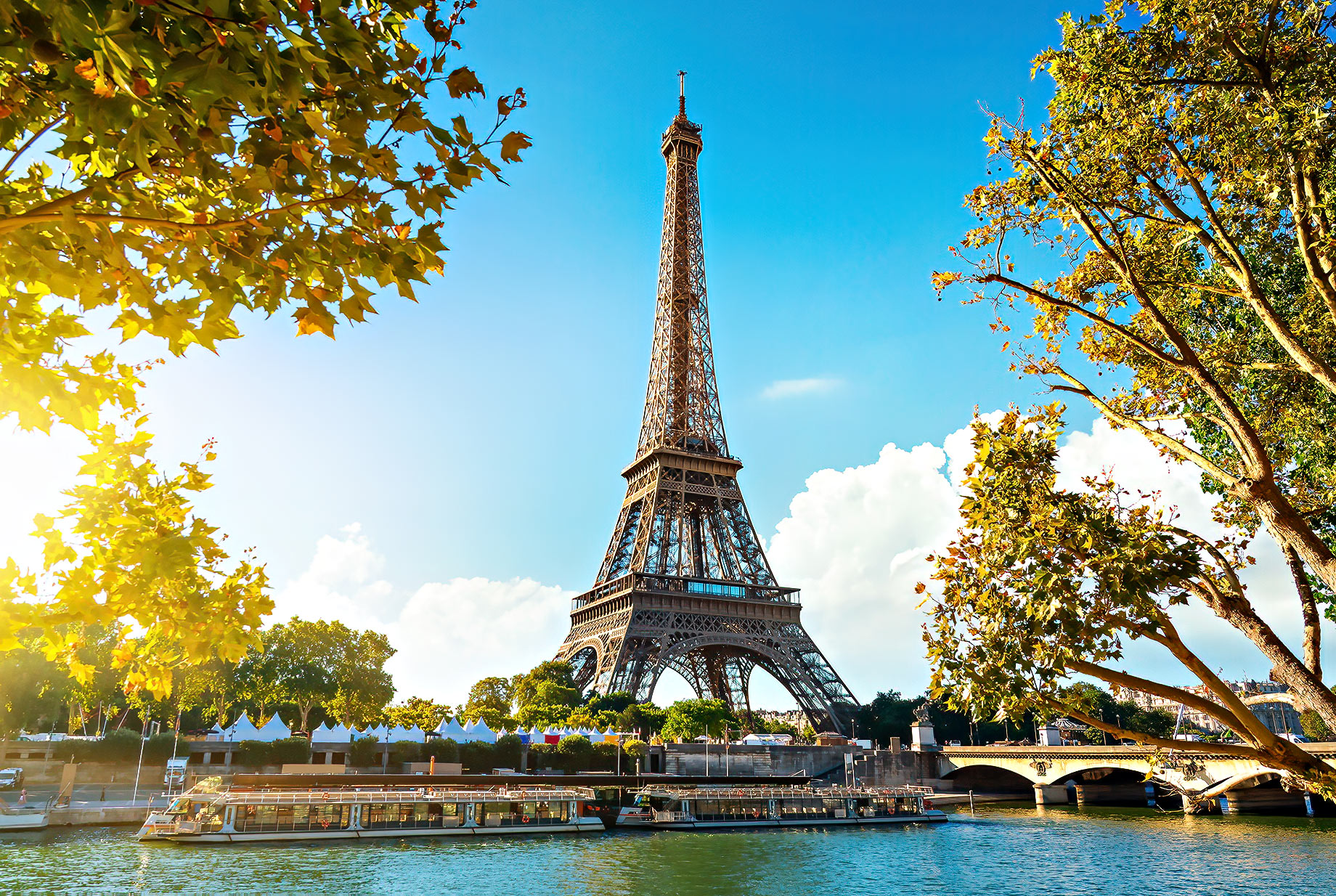
The Eiffel Tower, completed in 1889, is one of the most iconic and recognizable structures in the world. Designed by French engineer Gustave Eiffel, the tower was originally built as the entrance arch for the 1889 World’s Fair, held in Paris to celebrate the 100th anniversary of the French Revolution. At 324 metres tall, the Eiffel Tower was the tallest man-made structure in the world when it was completed, a title it held until the completion of the Chrysler Building in New York City in 1930.
Constructed from 18,000 pieces of wrought iron and held together by 2.5 million rivets, the Eiffel Tower is a testament to the engineering prowess and architectural innovation of its time. The tower’s intricate lattice design not only adds to its aesthetic appeal but also ensures that it is lightweight and resistant to wind forces. It is repainted every seven years to protect the iron from corrosion, requiring approximately 60 tons of paint.
The Eiffel Tower features three levels for visitors, with the first and second levels accessible by stairs or elevators. The first level offers a panoramic view of Paris, a glass floor, and various exhibits detailing the tower’s history and construction. The second level, located at a height of 115 metres, houses a restaurant and provides an even more expansive view of the city. The summit, reachable by elevator from the second level, stands at a breathtaking 276 metres above the ground, offering visitors a stunning 360-degree view of Paris and its surroundings.
At night, the Eiffel Tower is illuminated by 20,000 light bulbs, creating a dazzling light show that has become an integral part of Paris’s cityscape. The tower also features a beacon at the top, which sends out beams of light that can be seen up to 80 kilometres away.
Visiting the Eiffel Tower is an unforgettable experience for any traveler to Paris. To avoid long queues, consider purchasing tickets online in advance or visiting during off-peak hours. For an extra special experience, consider booking a meal at the tower’s restaurant, Le Jules Verne, which offers gourmet French cuisine and unparalleled views of the City of Lights.
The Brandenburg Gate – Berlin, Germany
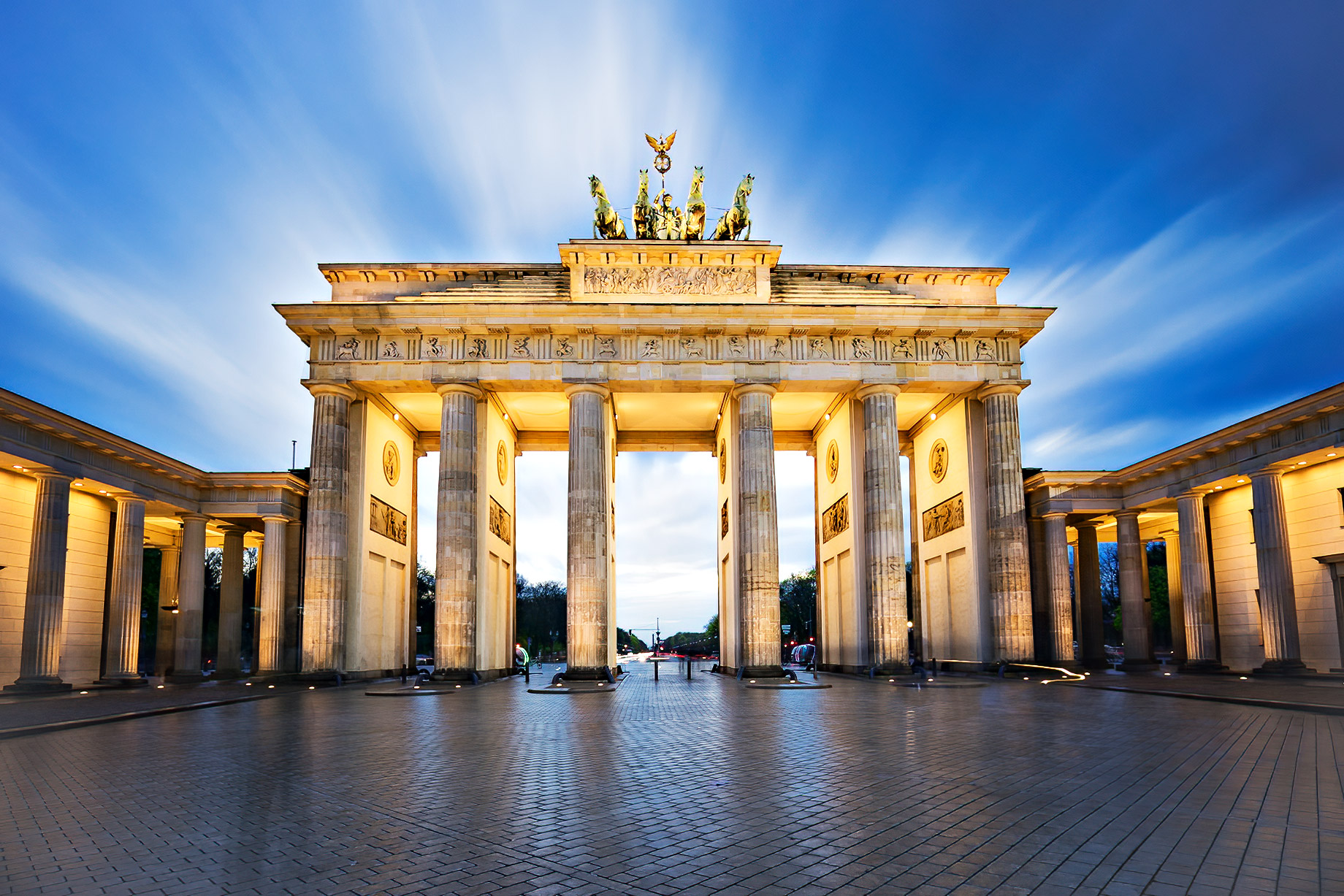
The Brandenburg Gate, situated in the heart of Berlin, Germany, is an 18th-century neoclassical monument that has become an enduring symbol of the city’s turbulent history and its modern reunification. Designed by architect Carl Gotthard Langhans, the gate was commissioned by King Frederick William II of Prussia and completed in 1791. Its original purpose was to represent peace, forming part of a series of customs gates surrounding the city of Berlin.
The Brandenburg Gate is 26 metres tall and features a width of 65 metres, making it an impressive and striking landmark. The gate is adorned with twelve Doric columns, six on each side, which form five passageways. Above the columns stands the entablature, which is adorned with reliefs depicting scenes from Greek mythology. The crowning element of the Brandenburg Gate is the Quadriga, a sculpture of a chariot drawn by four horses and driven by the goddess of victory, Victoria. The Quadriga was added in 1793, two years after the gate’s completion.
Throughout its history, the Brandenburg Gate has been at the center of significant political events. It was damaged during World War II, and after the war, it found itself on the border of East and West Berlin, just within the Soviet-controlled sector. During the Cold War, the Brandenburg Gate became a symbol of division, as it stood directly beside the Berlin Wall, and access to the gate was restricted.
With the fall of the Berlin Wall in 1989, the Brandenburg Gate took on a new significance as a symbol of unity and hope. It was fully restored in the early 2000s, and the gate has since become a focal point for celebrations and public gatherings, including New Year’s Eve festivities and major sporting event screenings.
Today, the Brandenburg Gate is a must-see attraction for visitors to Berlin. Its location near other significant sites, such as the Reichstag building and the Holocaust Memorial, makes it an excellent starting point for exploring the city’s history. The gate is accessible by public transportation, and there are guided tours available that provide further insight into the gate’s historical and cultural significance.
The Guggenheim Museum Bilbao – Abando, Bilbao, Spain
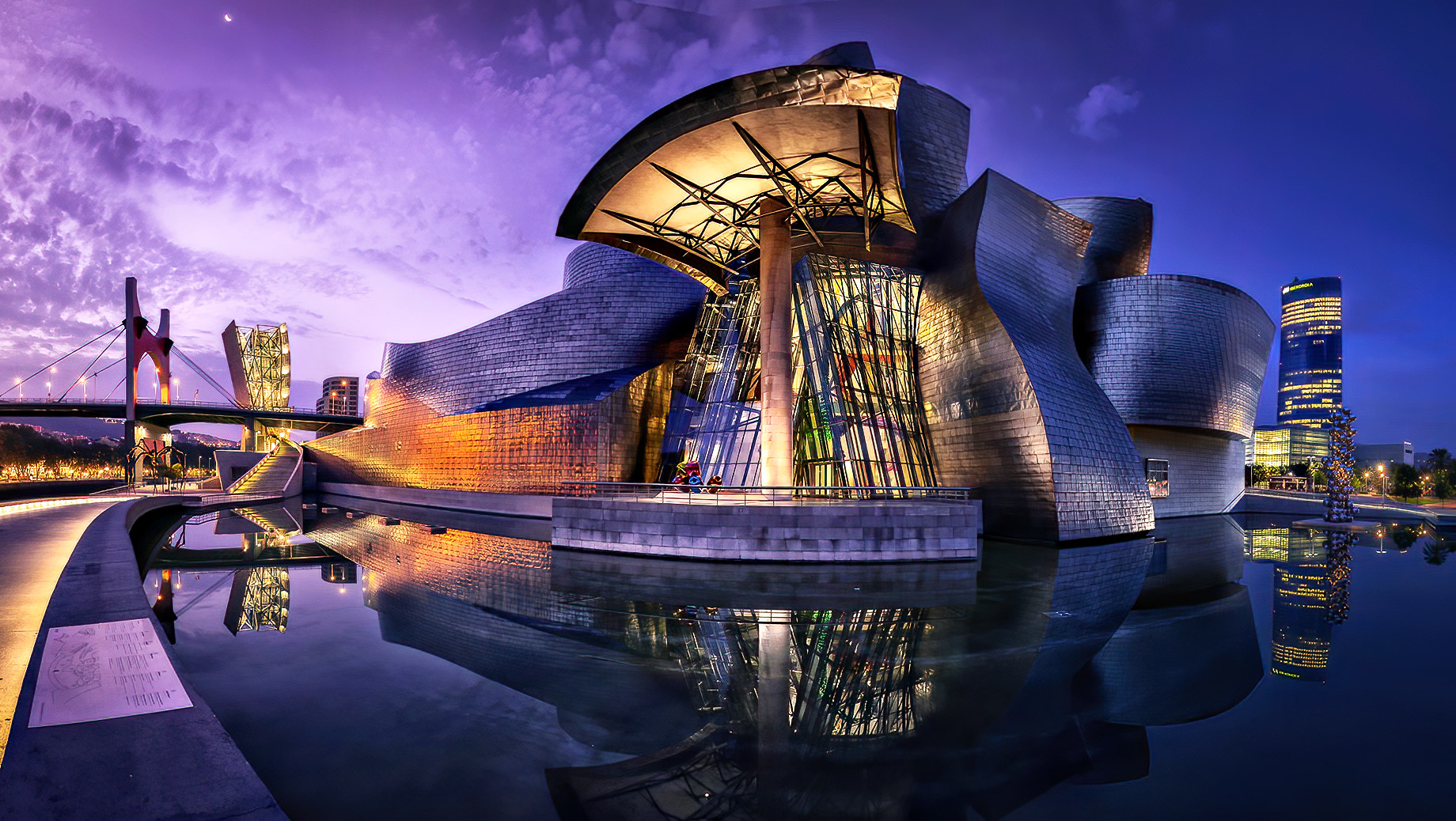
The Guggenheim Museum Bilbao, located in the heart of Bilbao, Spain, is a remarkable example of modern architecture and a symbol of the city’s transformation and revitalization. Designed by world-renowned architect Frank Gehry and inaugurated in 1997, the museum has become a global icon of contemporary art and design, drawing millions of visitors from around the world.
The Guggenheim Museum Bilbao is a testament to Gehry’s innovative architectural style, which features a unique combination of organic forms, curvilinear shapes, and innovative use of materials. The building’s exterior is primarily clad in titanium, giving it a shimmering, metallic appearance that changes with the light and weather. The museum’s design also incorporates glass and limestone, which help to harmonize the structure with its surroundings along the Nervión River and the cityscape of Bilbao.
Covering an area of 24,000 square metres, the Guggenheim Museum Bilbao offers a diverse range of exhibition spaces for both permanent and temporary collections. The museum’s extensive art collection focuses on contemporary and modern art, featuring works by prominent artists such as Pablo Picasso, Andy Warhol, and Jeff Koons. One of the museum’s most iconic pieces is Koons’ “Puppy,” a giant floral sculpture in the shape of a West Highland terrier, which stands guard outside the museum entrance.
In addition to its impressive art collection, the Guggenheim Museum Bilbao also hosts various cultural events, including concerts, workshops, and educational programs for children and adults alike. The museum’s on-site restaurant, Nerua, offers a fine dining experience that showcases the culinary excellence of the Basque region.
Visiting the Guggenheim Museum Bilbao is an unforgettable experience for art and architecture enthusiasts. The museum is easily accessible by public transportation, and audio guides are available in multiple languages to enhance your visit. To make the most of your time at the museum, consider purchasing a Bilbao Card, which offers discounts on museum entry, public transportation, and other local attractions.
Wrapping Up
Europe’s rich history can be explored through its numerous historical landmarks, spanning from ancient times to the modern era. Each period offers unique insights into the civilizations that shaped the continent, making a journey through Europe’s historical sites an unforgettable experience for travelers and history enthusiasts alike.

